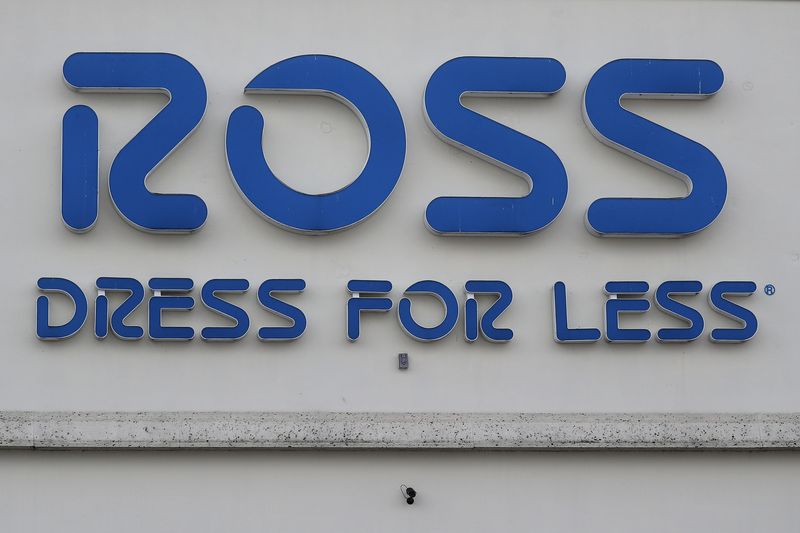By Savyata Mishra
(Reuters) – Ross Stores (NASDAQ:) on Thursday raised its fiscal 2024 earnings forecast and posted second-quarter results above Wall Street estimates, benefiting from demand for its competitively priced apparel and declining freight costs.
Shares rose nearly 6% in extended trading as the company’s strategy of cutting prices on branded clothing and shoes helped boost store traffic and customer spending per transaction.
“It is reaping the benefits of improvements to its product ranges to offer a wider selection of brands and at different price points,” said Sky Canaves, chief analyst at Emarketer.
The company’s results align with trends at off-price peer TJX (NYSE:) Cos and larger retailers Walmart (NYSE:) and Target, which have shown that consumers across all income brackets are looking for bargains.
Still, CEO Barbara Rentler said Ross Stores was “cautious” in its sales forecasts, citing inflationary pressures on low- to middle-income customers.
Operating margins increased 115 basis points to 12.5% during the quarter, supported by higher sales of branded merchandise and lower transportation and labor costs.
However, higher discounts led to a decline in trading margin by 80 basis points. The company expects margin pressure to increase further in the second half of the year.
The company has “seen increased productivity through automation and employee retention, and will look for more ways to save on operating costs to offset the impact of discounts on gross margins,” Canaves said.
The company posted revenue of $5.29 billion, above the average analyst estimate of $5.25 billion, according to LSEG data.
It earned $1.59 per share, compared to expectations of $1.50.

Annual earnings per share are expected to be between $6.00 and $6.13, compared to the previous forecast of $5.79 to $5.98.
The company maintained its comparable sales growth guidance of 2% to 3% in the second half of the year.


